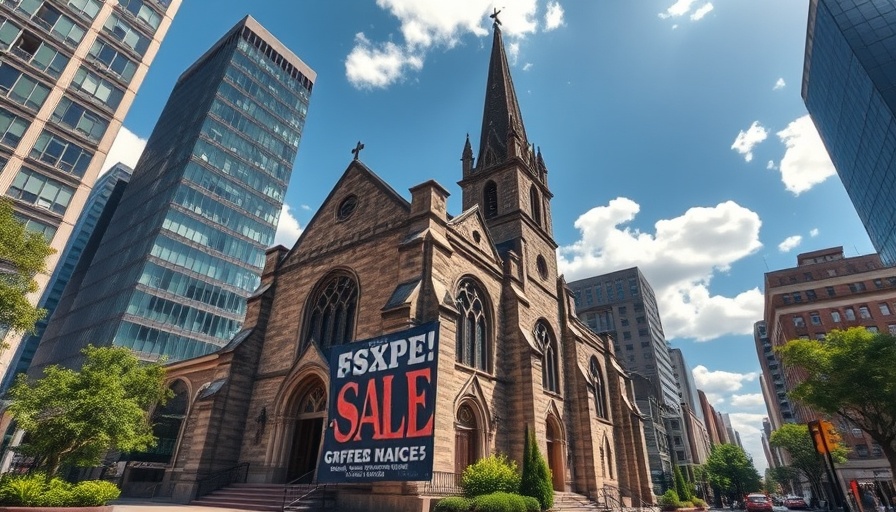
The History of a Landmark: From Holy Space to Party Central
The 173-year-old former church building on Sixth Avenue, once the vibrant home of the Church of the Holy Communion, has witnessed a remarkable transformation. After a rich life as a house of worship, it became renowned as the Limelight nightclub in the 1980s and '90s, where it hosted a plethora of iconic artists and fueled the city's nightlife scene. However, this era of revelry was not without its controversies, as it attracted not only celebrities but also the darker elements of urban nightlife.
Local Impact: The Church's Evolution Through the Years
Following its closure as a nightclub, the building's purpose continued to evolve. It served various community functions, including a nonprofit research center and a drug rehabilitation center, before transitioning into a fitness center and dining establishments. Despite its changing roles, the building has been vacated for several years, leading to its current sale or lease.
What's Next for This Iconic Property?
With its current listing, local residents are left to wonder what will become of this landmark. The looming banner reading “For Sale or Lease” is drawing attention, but inquiries reveal no realtor involvement or online listings, suggesting a more grassroots approach to finding potential buyers. As it awaits a new purpose, the building stands as a symbol of New York City's capacity for reinvention through its storied past and potential future.
A Community While Renting: Considerations for Prospective Buyers
For potential investors, this unique property offers an opportunity to restore cultural vibrancy. As city dynamics shift post-pandemic, turning this space into a community-oriented venue, specialty market, or boutique establishment could invigorate the Chelsea neighborhood once more. Its location and historic significance provide a platform for various possibilities, revitalizing both the building and the surrounding area.
 Add Row
Add Row  Add Element
Add Element 



Write A Comment